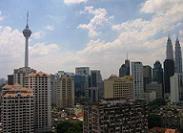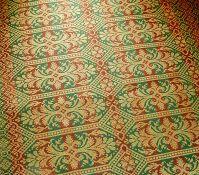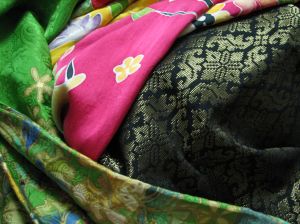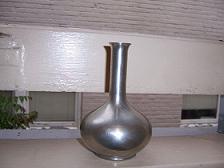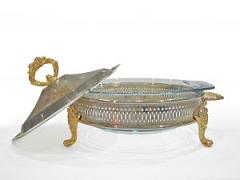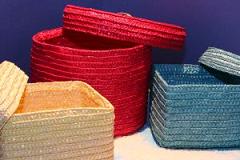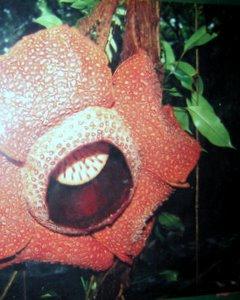History of Kuala Lumpur Tower
Kuala Lumpur tower or Menara Kuala Lumpur's construction began in 1991 and was completed in 1995. It was officially opened by former Prime Minister of Malaysia Tun Dr. Mahathir on 1 October 1996. It is used for telecommunication purposes and features an antenna that reaches a total height of 421 metres (1,381 ft). It now stands as the fifth tallest tower in the world.
The tallest tower in the world is the 553 m CN Tower in Canada followed by the 537 m Ostankino Tower in Russia. Third is the 468 m Oriental Pearl Tower in China and fourth is the just completed 435 m Borj-e Milad tower in Iran.
Once up the tower, you will be able to see the beautiful scenery of Kuala Lumpur. There are paid binoculars that are located on each section of the tower. However, it is always better to bring your own binocular as the paid binoculars can be quite crowded at certain time of the day. If you do not have your own binocular, ensure that you bring enough coins to be used for using the binoculars.
The tower is opened daily from 9:00am to 10:00pm. Last admission to the tower is at 9:30pm.
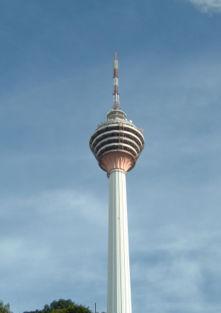 |
Revolving Restaurant
There is a restaurant called Seri Angkasa Revolving Restaurant where you can dine and enjoy the beautiful scenery and glittering lights of the city of Kuala Lumpur. Make sure you call up to make reservation as this restaurant is packed most of the time.
Watch the colourful cultural performances from Thursdays to Sundays at 11:30am and 4:00pm.
Bukit Nanas Forest Reserve
While you are here, remember to take a walk at the Bukit Nanas Forest Reserve and enjoy the oldest forest reserve in the city. There are jogging tracks, open-air gymnasium, birds and a fantastic view of the city from this park. Guided tour at regular interval is provided but remember to bring along your towel as it can be quite humid and hot in the afternoon.
Getting To KL Tower
The tower is located at Jalan Puncak. You can take the KL Monorail to Bukit Nanas station where you can take a 10 minutes walk to the main gate at Jalan Puncak. From here, the free shuttle service at an interval of 15 minutes is available from 9:00am to 6:00pm for you to reach the tower. After 6:00pm, it is better to take a taxi to the tower.
The entrance fees are:
Malaysians
Adult RM8
Children(4-12 years old) RM3
Senior citizens(55 years and above) RM6
Children(4-12 years old) RM3
Senior citizens(55 years and above) RM6
Non-Malaysians
Adult RM20
Children(4-12 years old) RM10
Senior citizens(55 years and above) RM17
Children(4-12 years old) RM10
Senior citizens(55 years and above) RM17
Further enquiry can be obtained by calling the tower hotline at:
Tel: +603 2020 5444







